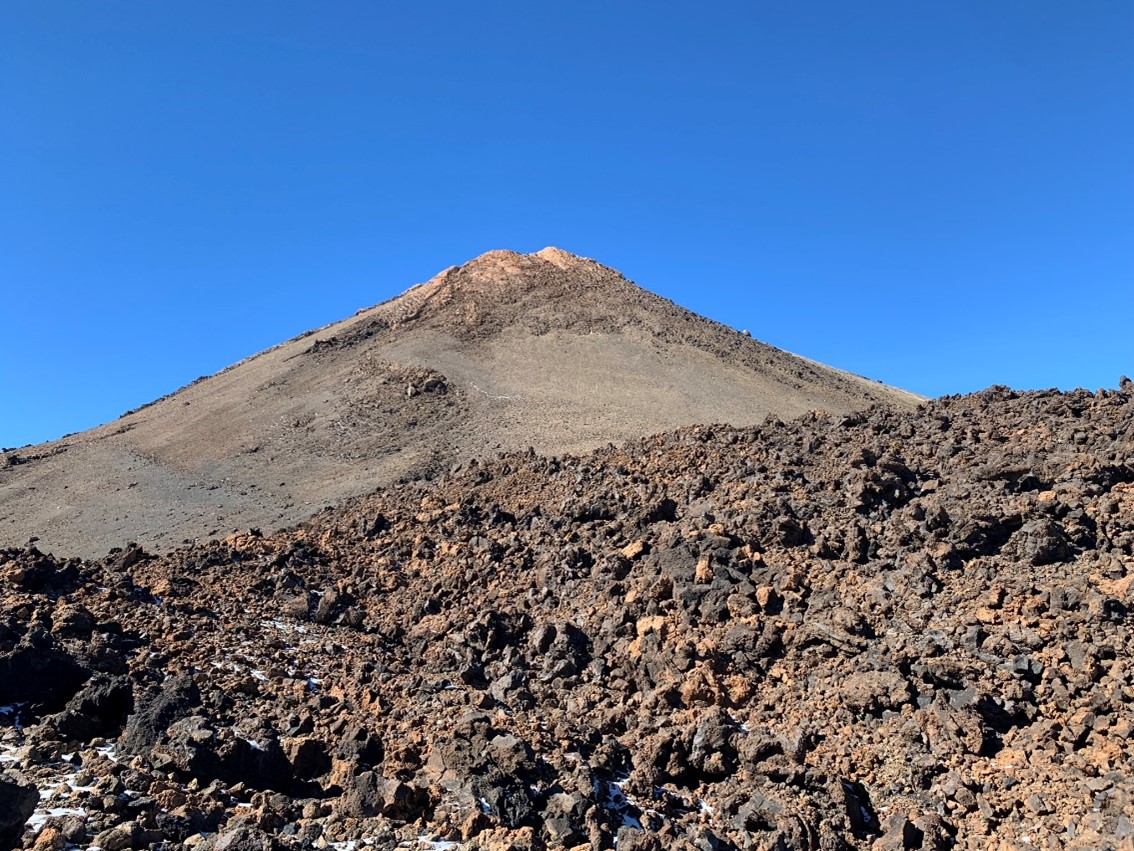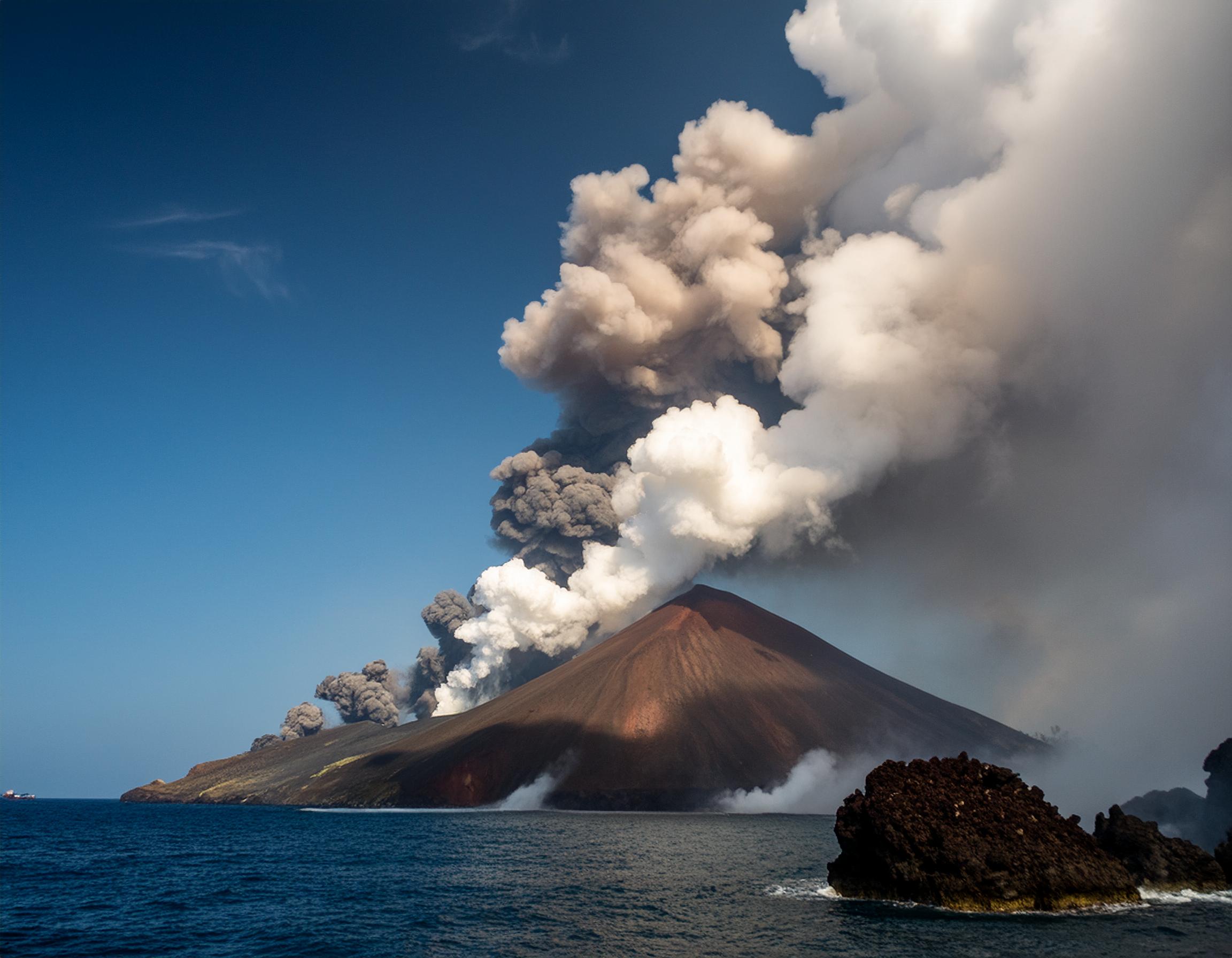DAS TECHNOLOGY
Geophysical applications

Well and reservoir monitoring:
• DAS systems can be deployed in connection with oil and gas fields for permanent reservoir monitoring (PRM) and in wells (VSP) for real-time monitoring and surveillance, in addition to microseismic measurements and hydraulic fracturing monitoring.
• Applications are to monitor reservoir behavior, improve imaging, keep track of fluid movement and as a tool to provide data for enhanced production.

Shallow geophysics:
• DAS is perfect to be applied in connection with shallow imaging of the Earth’s structures and sediments.
• This finds applications in connection with detecting ground movement and assessing infrastructure stability in areas of construction work of roads and tunnels, as well as areas of underground mining.

Land slide detection:
• DAS detects ground movements associated with landslides, such as rock falls and snow avalanches.
• Monitors slope stability, soil deformation and strain.
• Enables early warnings and contributes to preventive measures.

Quick clay monitoring:
• Quick clay landslides are devastating and require early warning systems.
• DAS can collect data in areas with quick clay deposits during road and building construction work.
• By analyzing the wave dispersion and velocity profiles, and estimate reference models for undisturbed conditions, repeated data acquisition can help in detecting changing conditions of subsurface properties.
• Deviations from background model will call for immediate action.

Volcanic hazards:
• DAS can monitor volcanic activity.
• Detects ground vibrations, magma movement and volcanic tremors.
• Part of analysis scheme to assess eruption risks and provide real-tome data for evacuation planning.

Sleeping volcano, Teide at island Tenerife.

